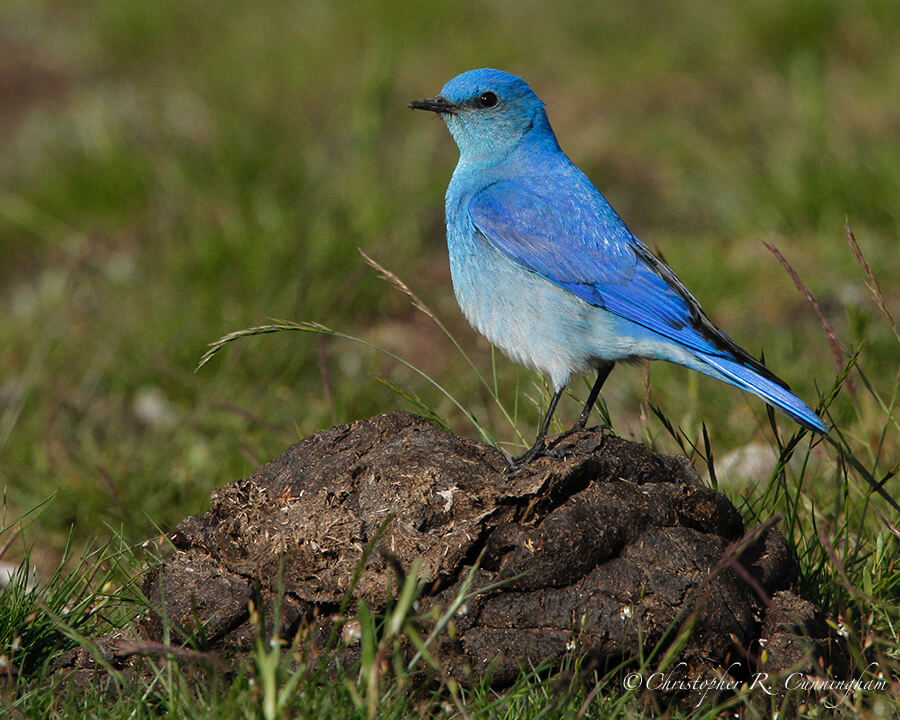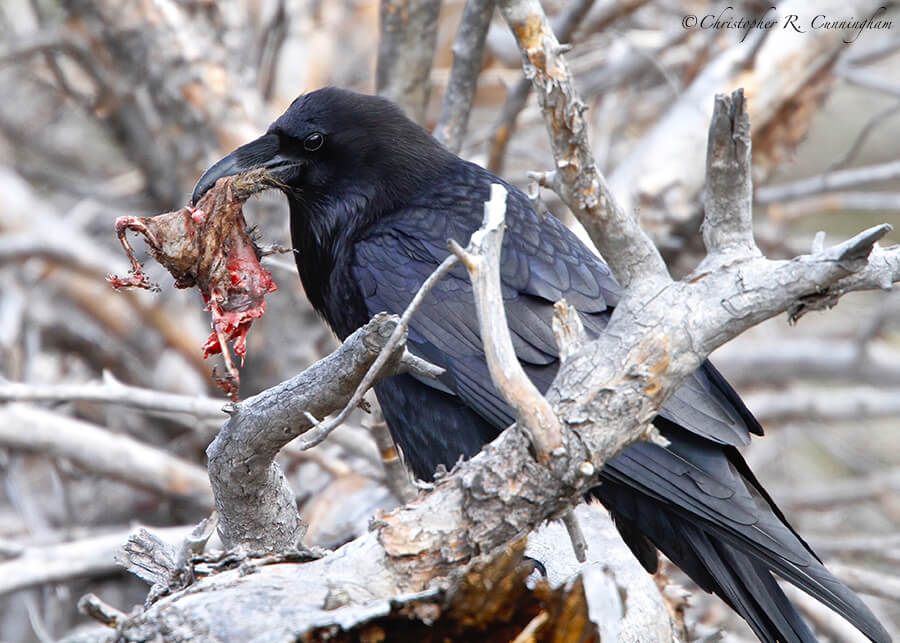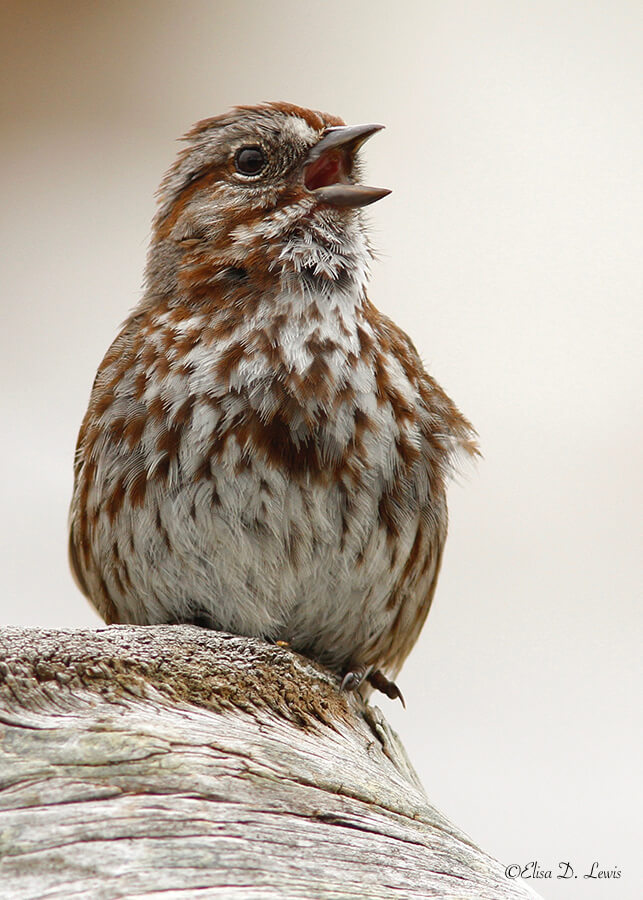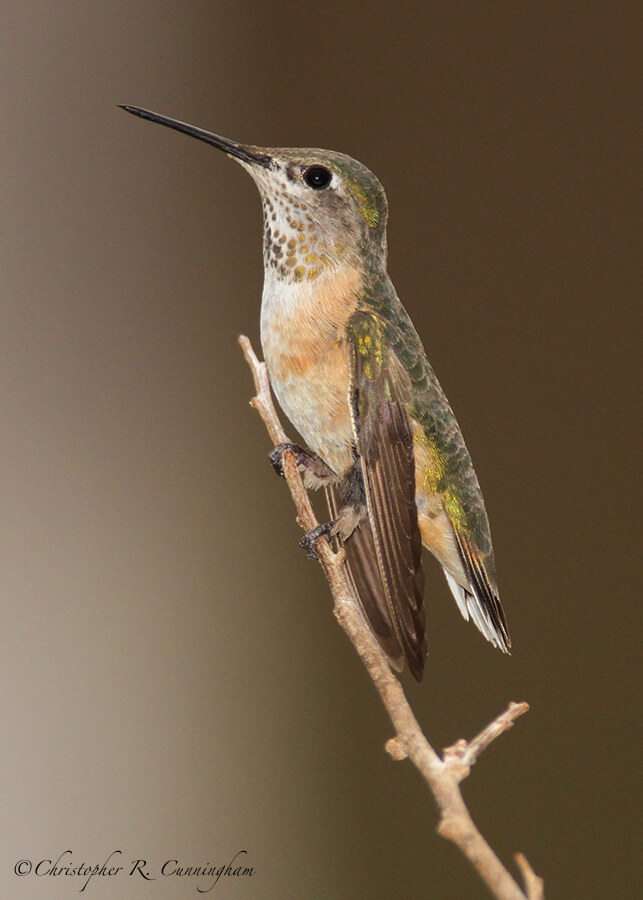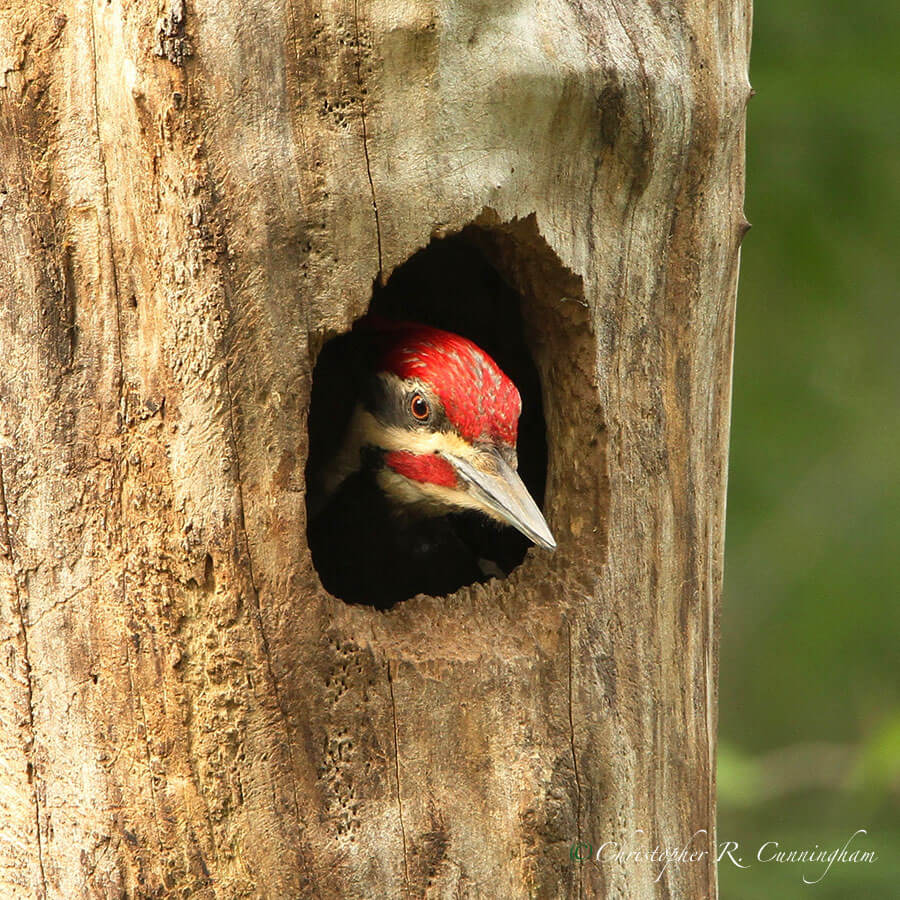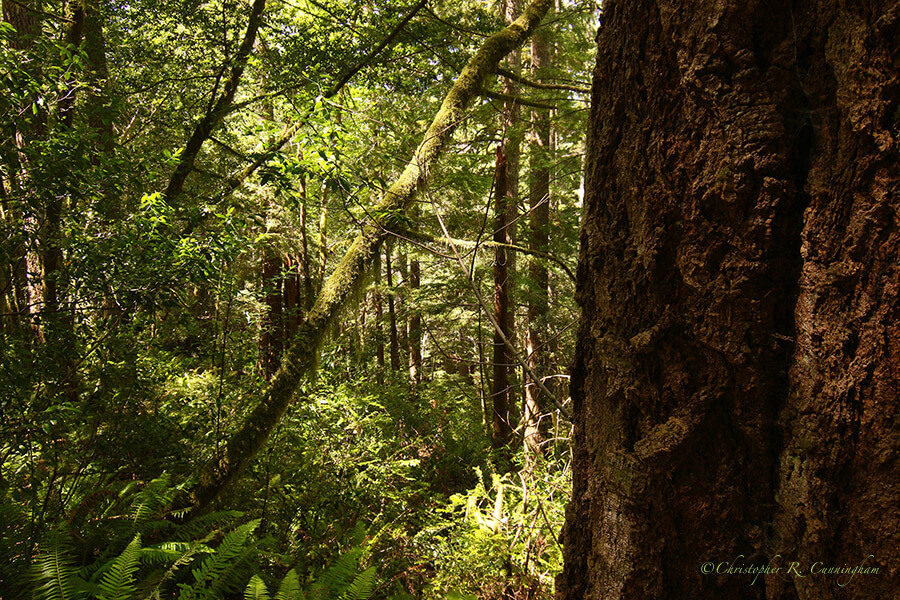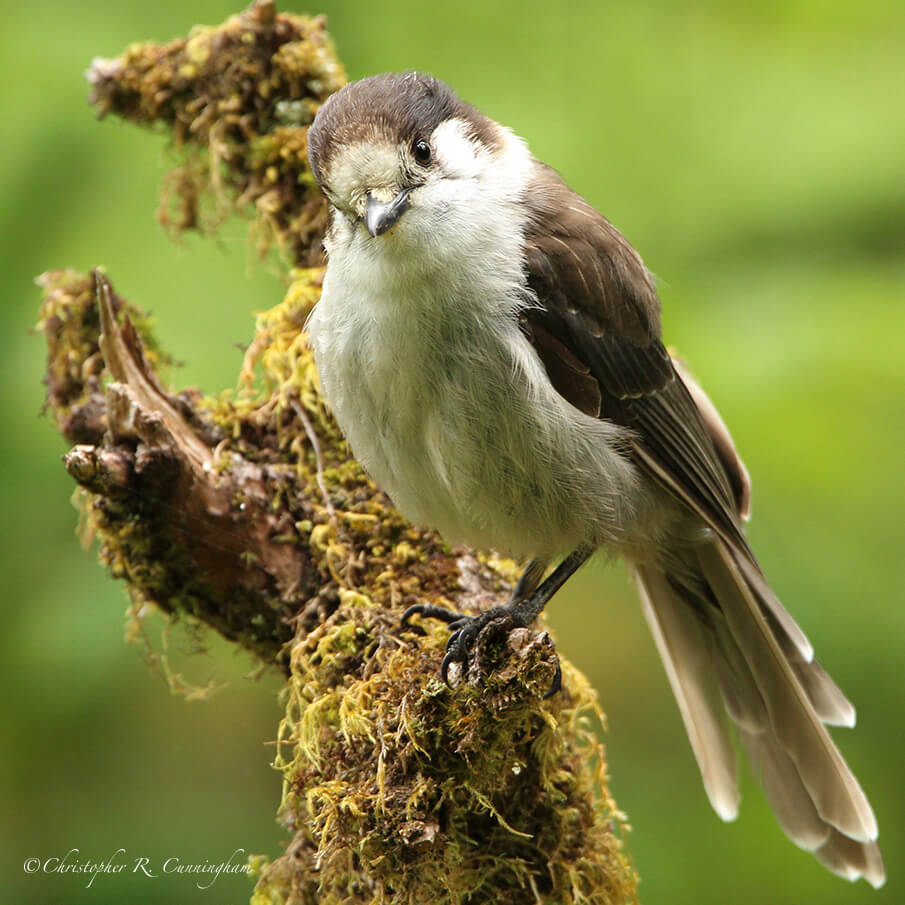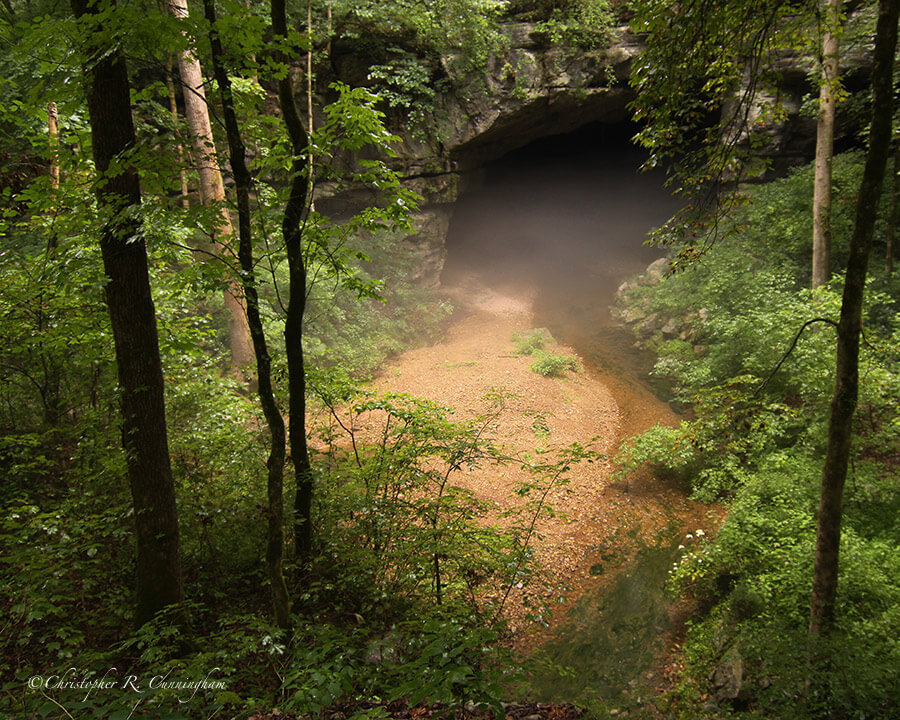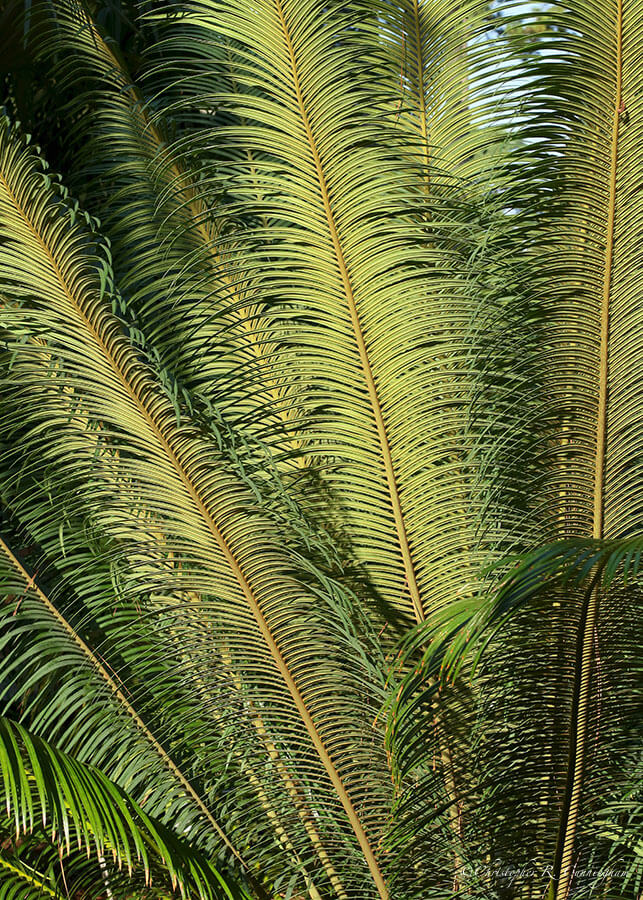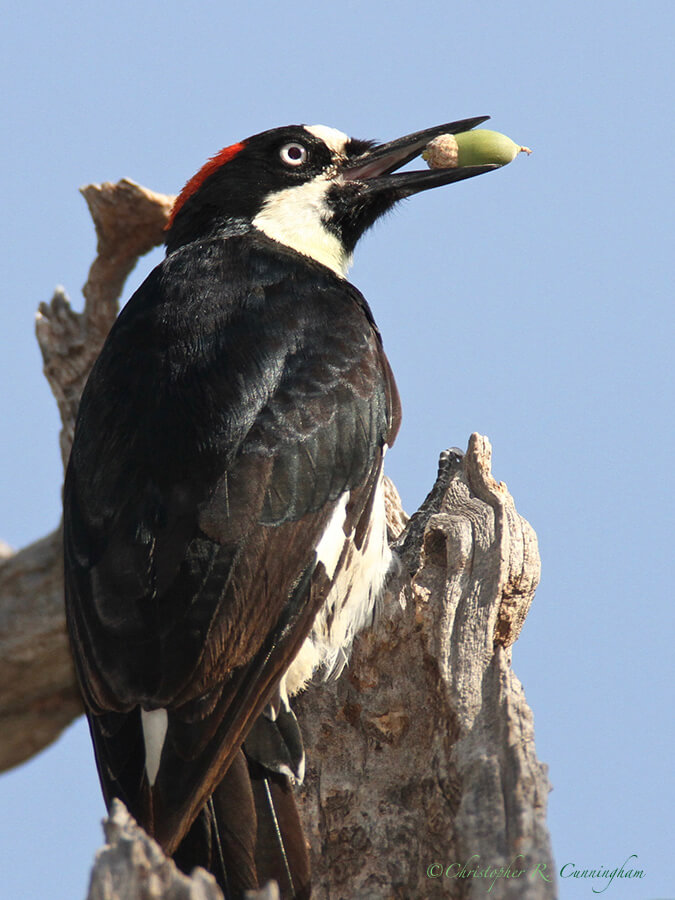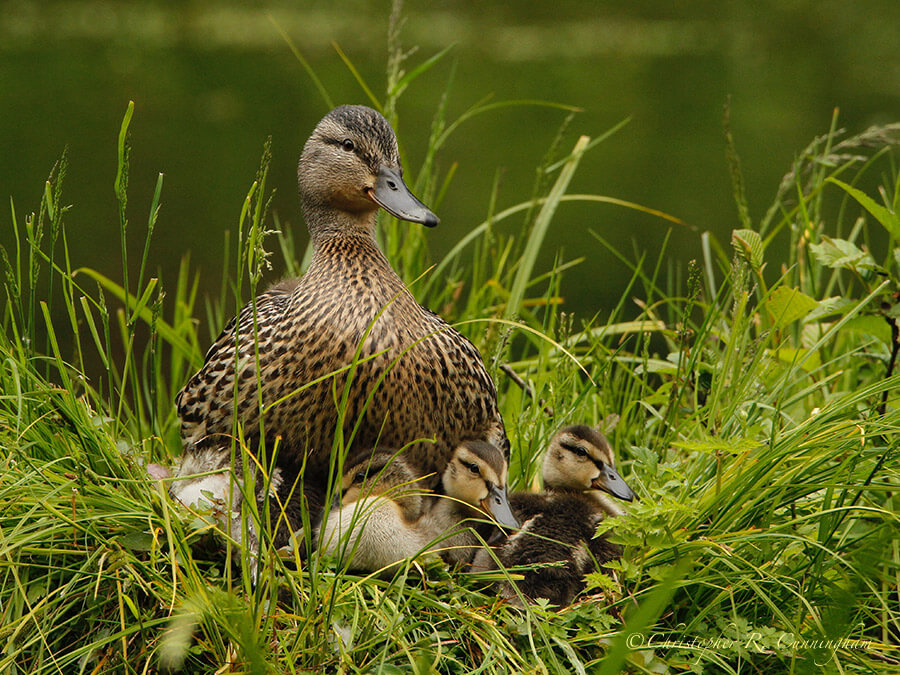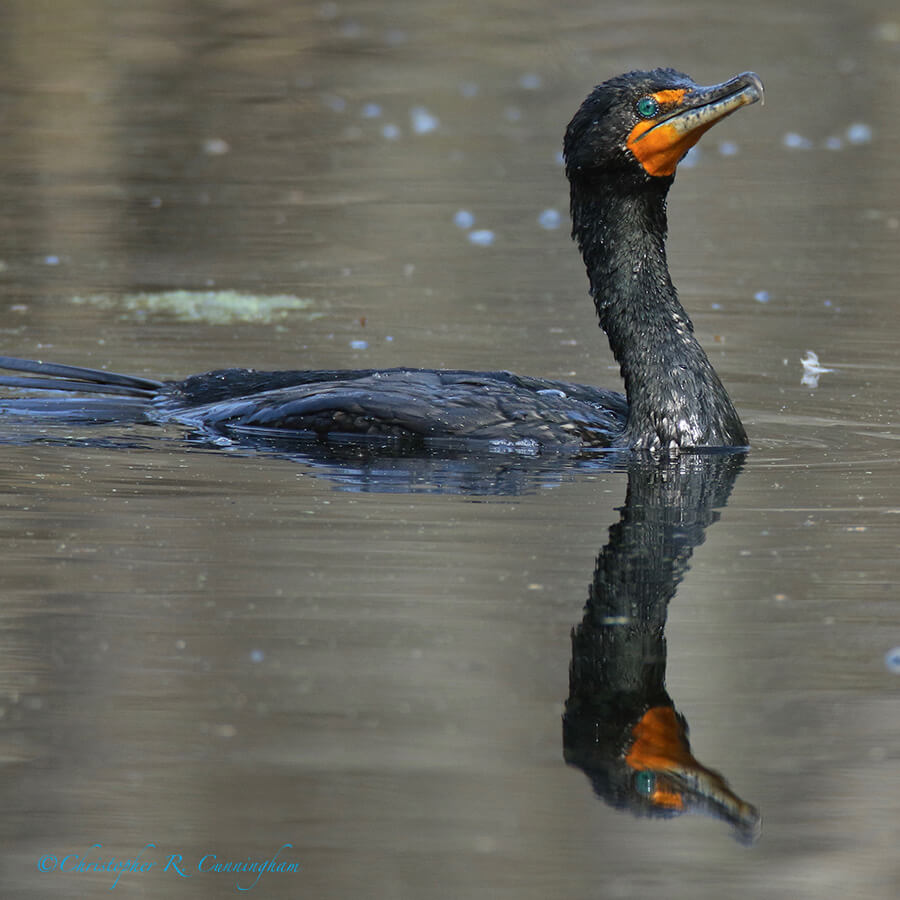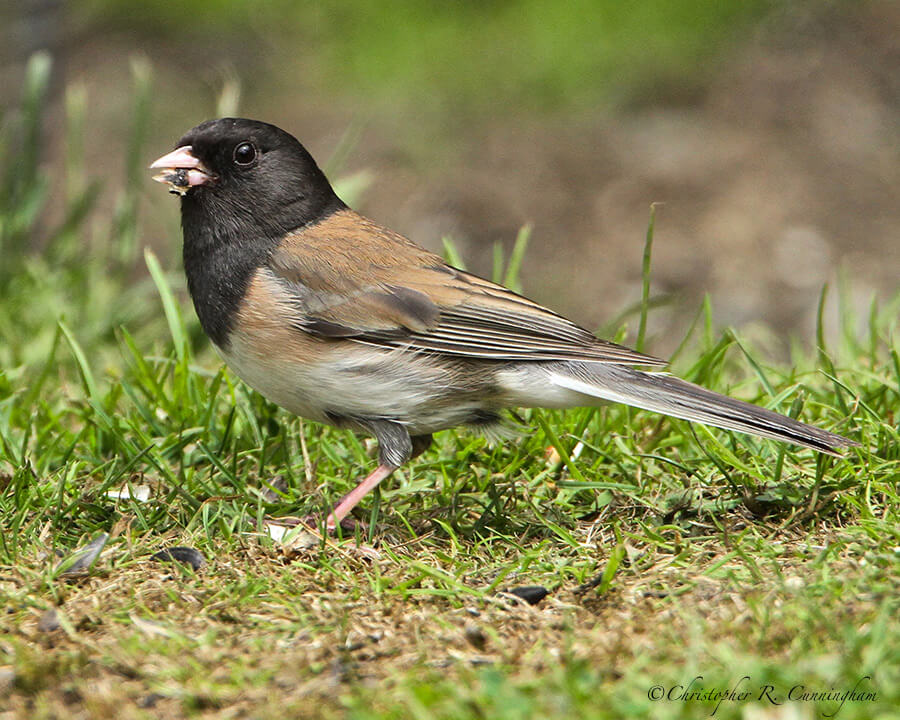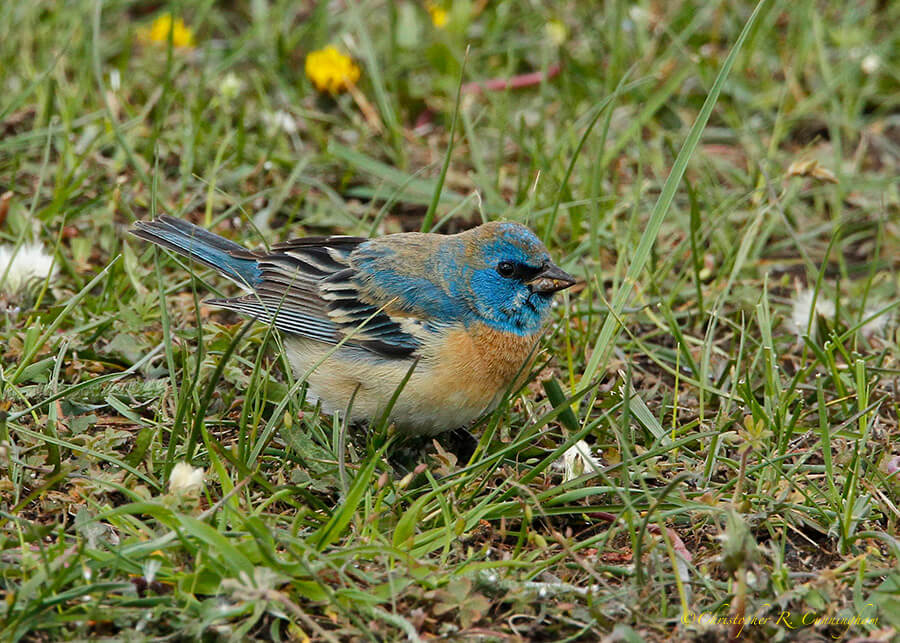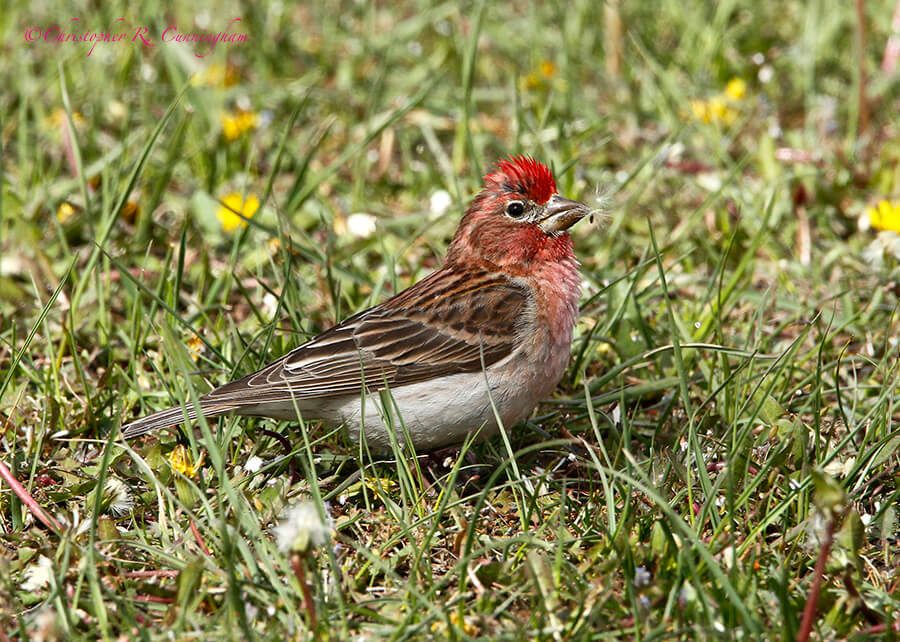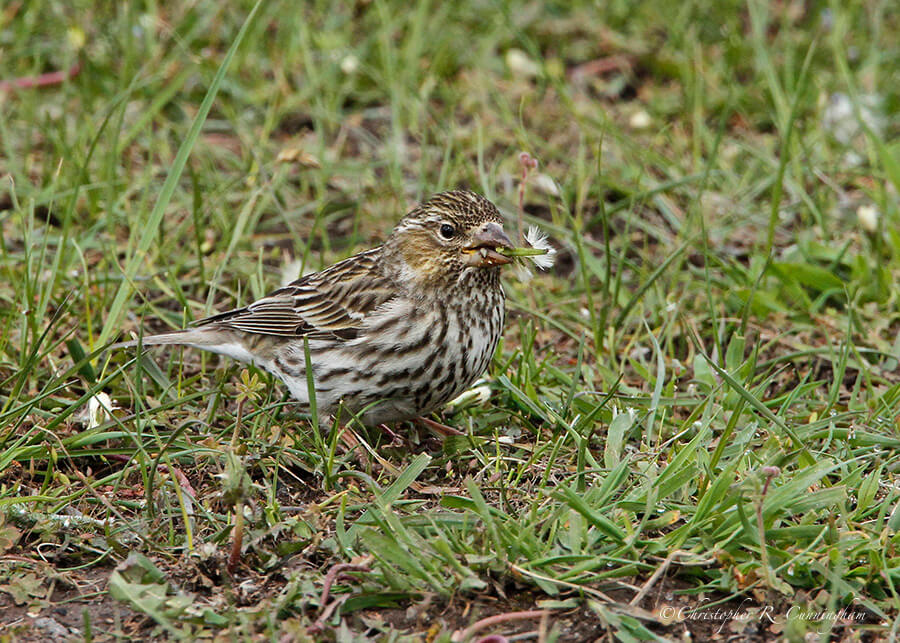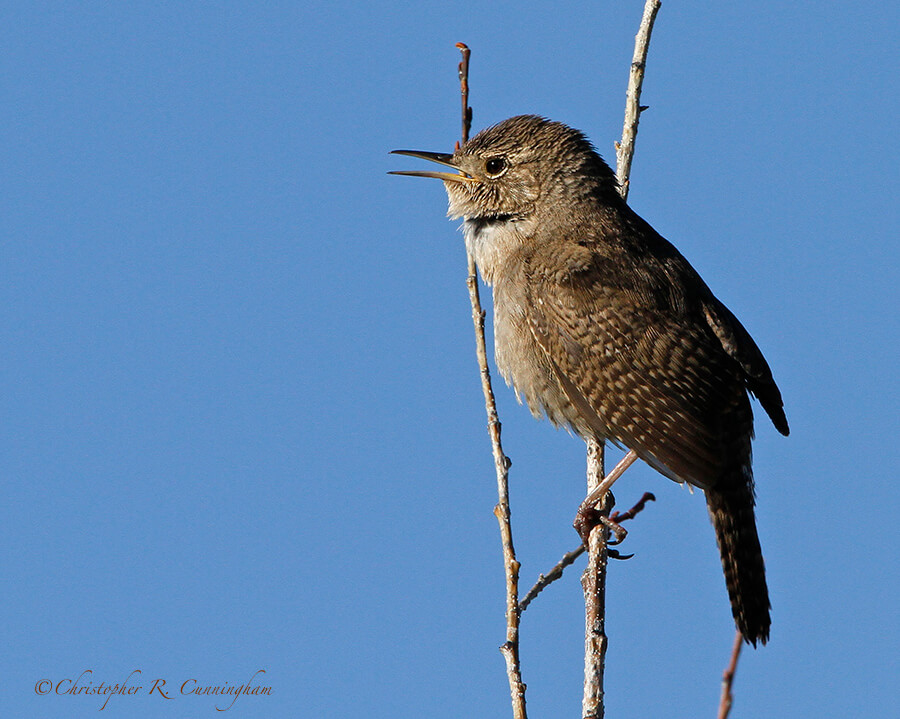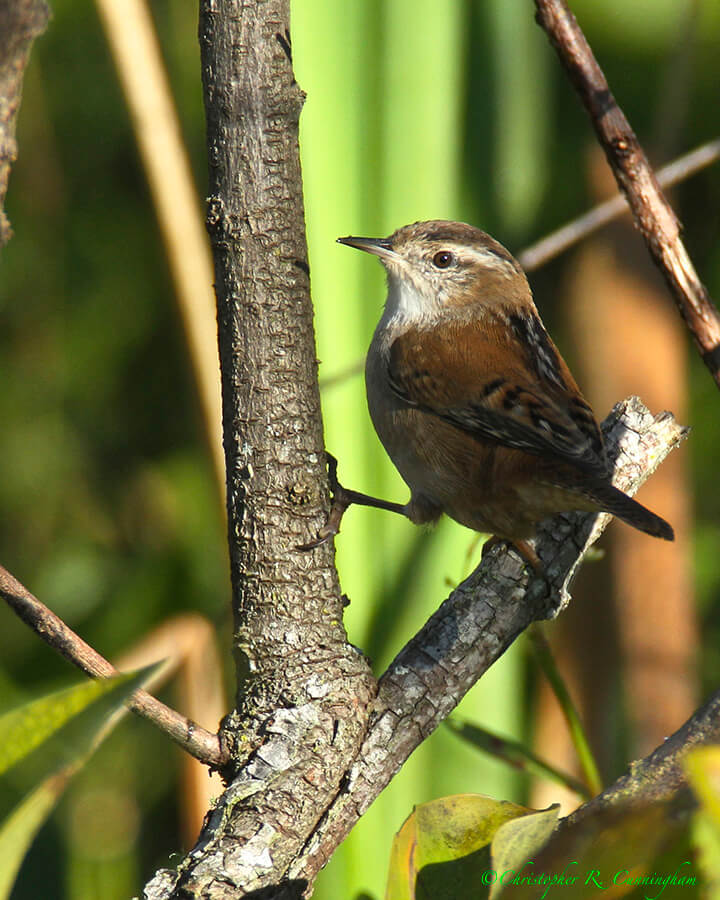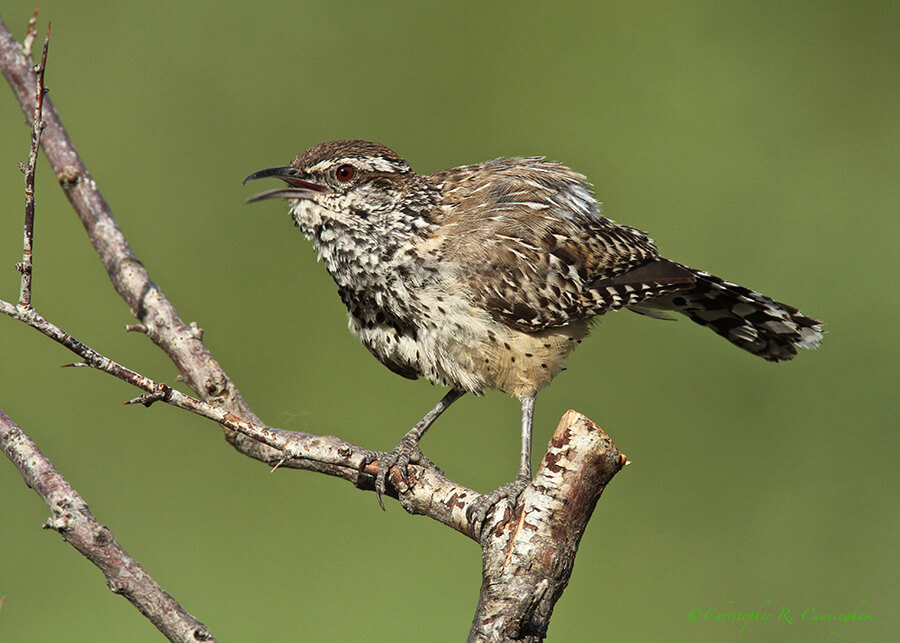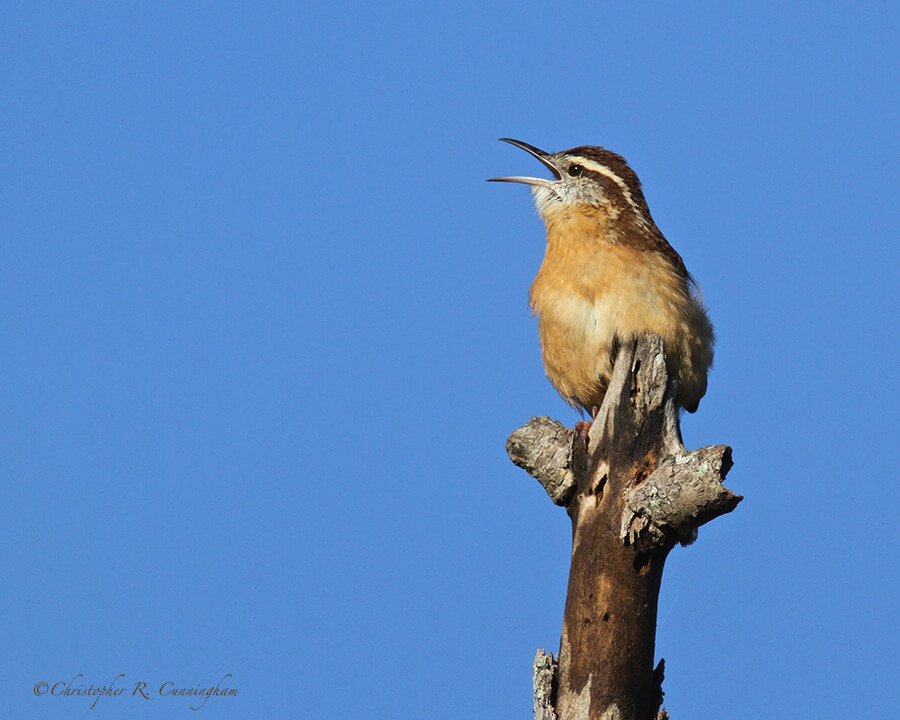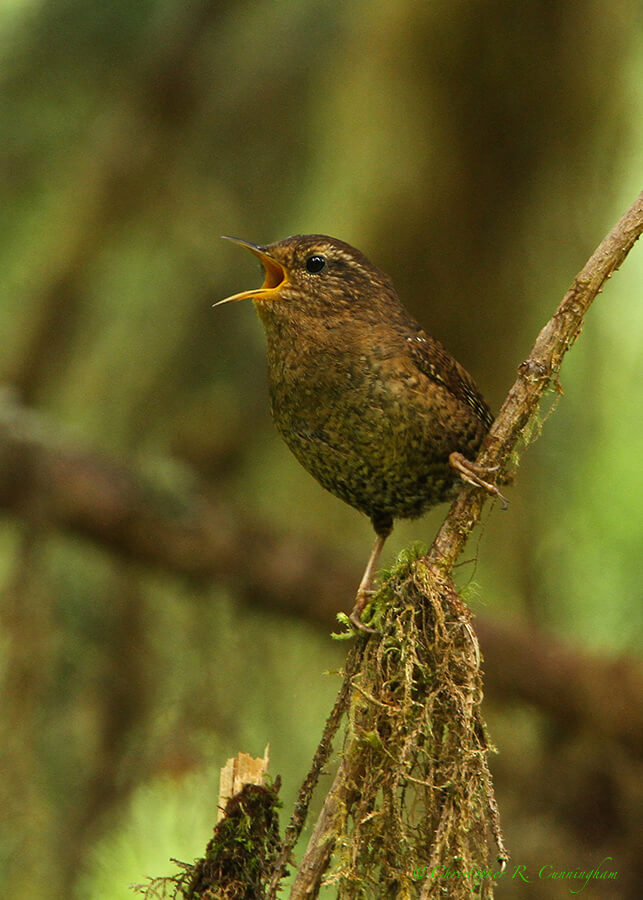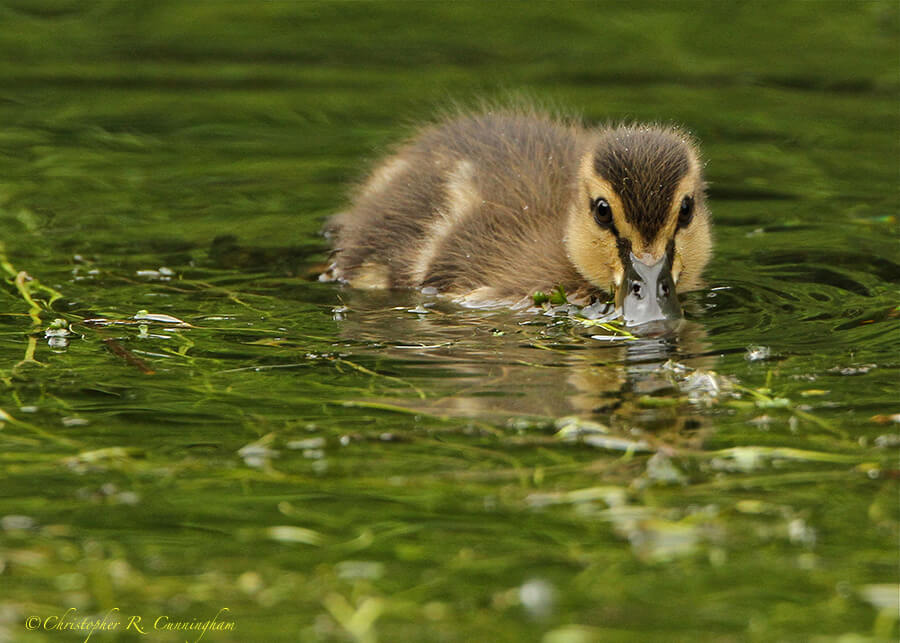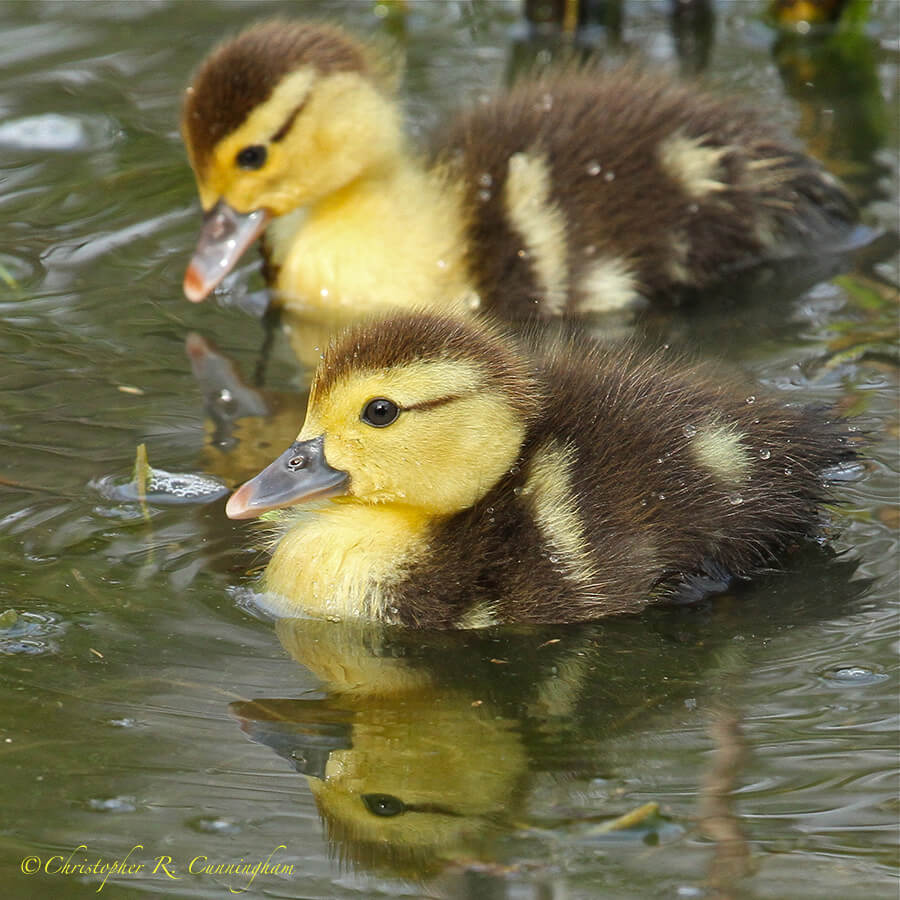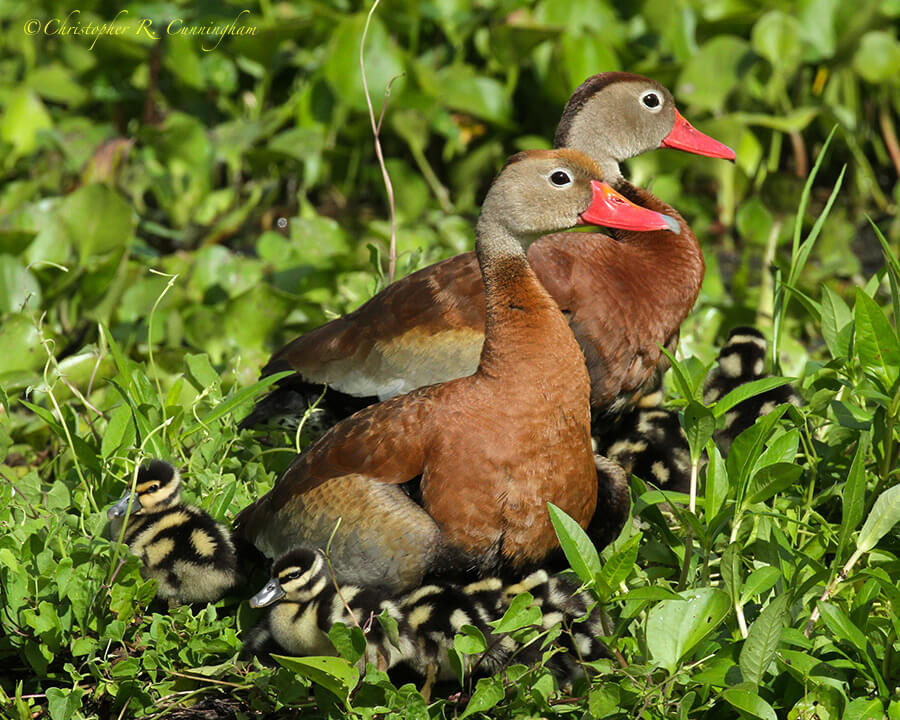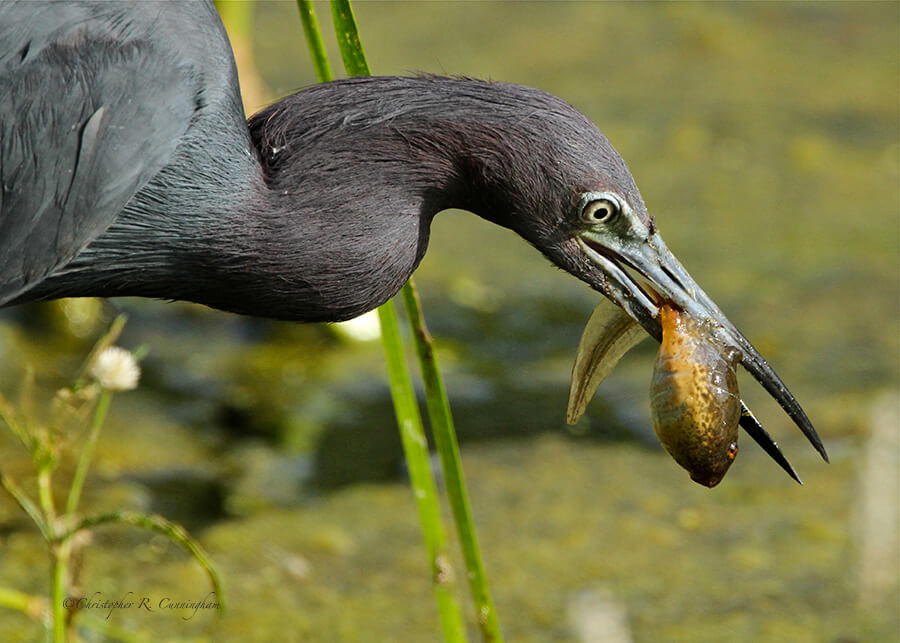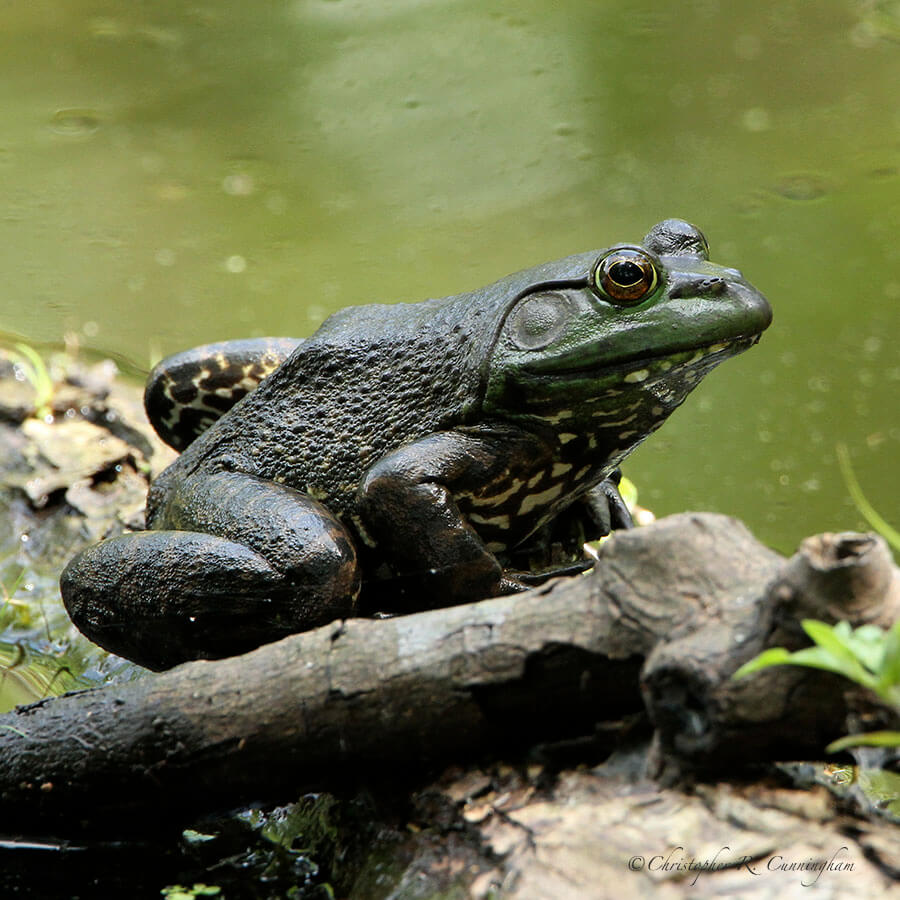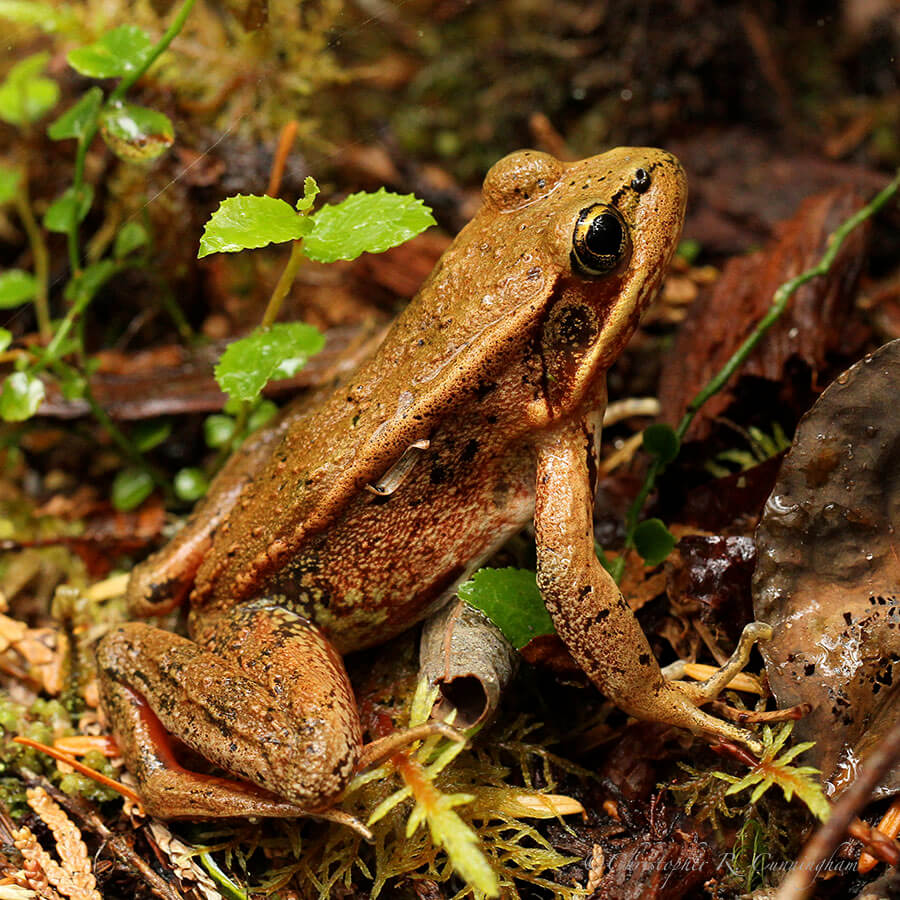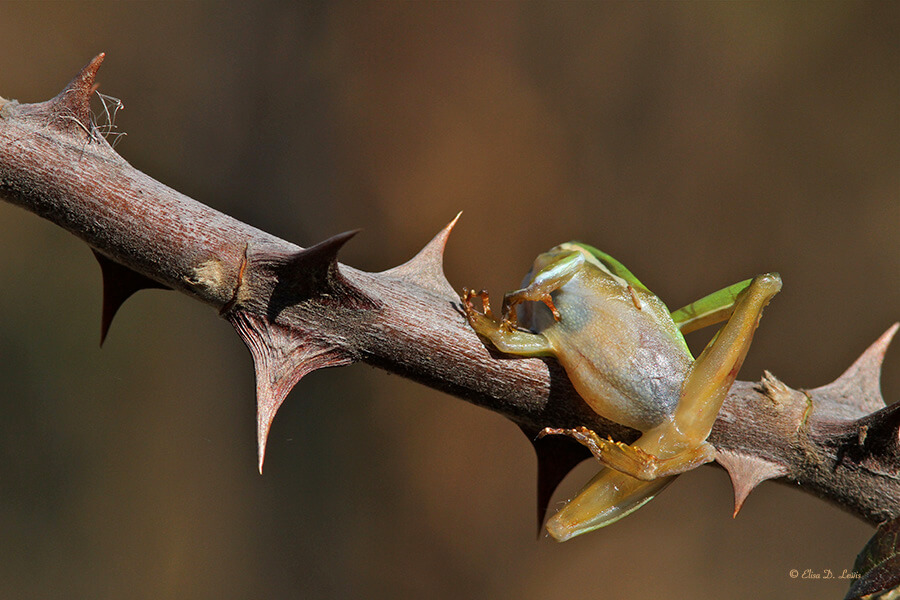As of some one gently rapping, rapping at my chamber door.“’Tis some visitor,” I muttered, “tapping at my chamber door—Only this and nothing more.”–Edgar Allan Poe, The Raven
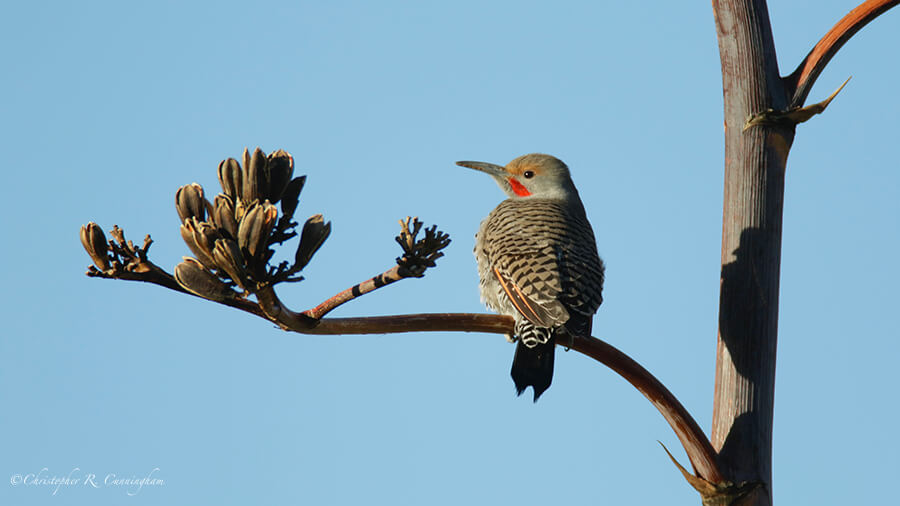
A few nights ago as we lay in bed, around 4 am, an eerie scratching noise pried us from the arms of Morpheus. Having had roof rats in our Houston house many years ago, we were terrified that rodents had found their way into our new Arizona house–those suckers were really hard to get rid of! After wondering who or what was making the noise, Chris got out of bed, grabbed a flashlight, and proceeded out the balcony door. Fully expecting to find a cliff chipmunk living it up on our roof, he was startled to discover a female Northern Flicker attempting to chisel her way into the stucco beneath the eaves! “You have a whole forest, but you have to drill into my house!” exclaimed Chris.
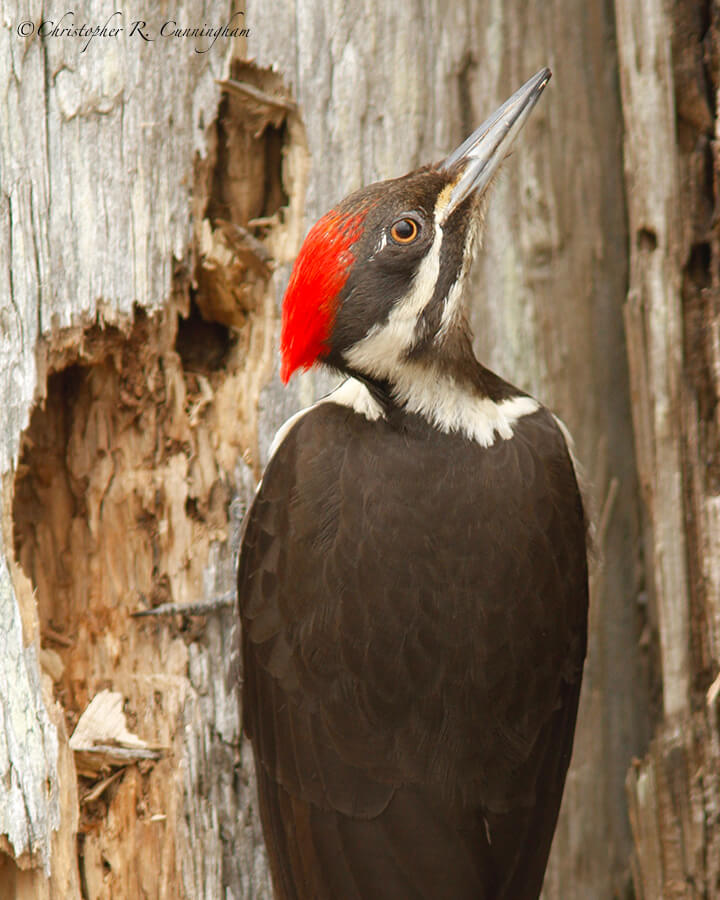
Even the most dedicated bird-lovers must have doubts from time-to-time when it comes to woodpeckers. Up in the North Woods of Minnesota they are reviled pests. Once Chris watched in fascination as a Hairy Woodpecker chiseling into a log cabin at a lodge in the Colorado Rockies. He was fascinated, mainly because he had never before had such a good look at this species,* but also at the audacity of the creature. Taking such liberties with private property in broad daylight, ten feet from a human onlooker! Doubtful the owner of the lodge would have been so charmed.
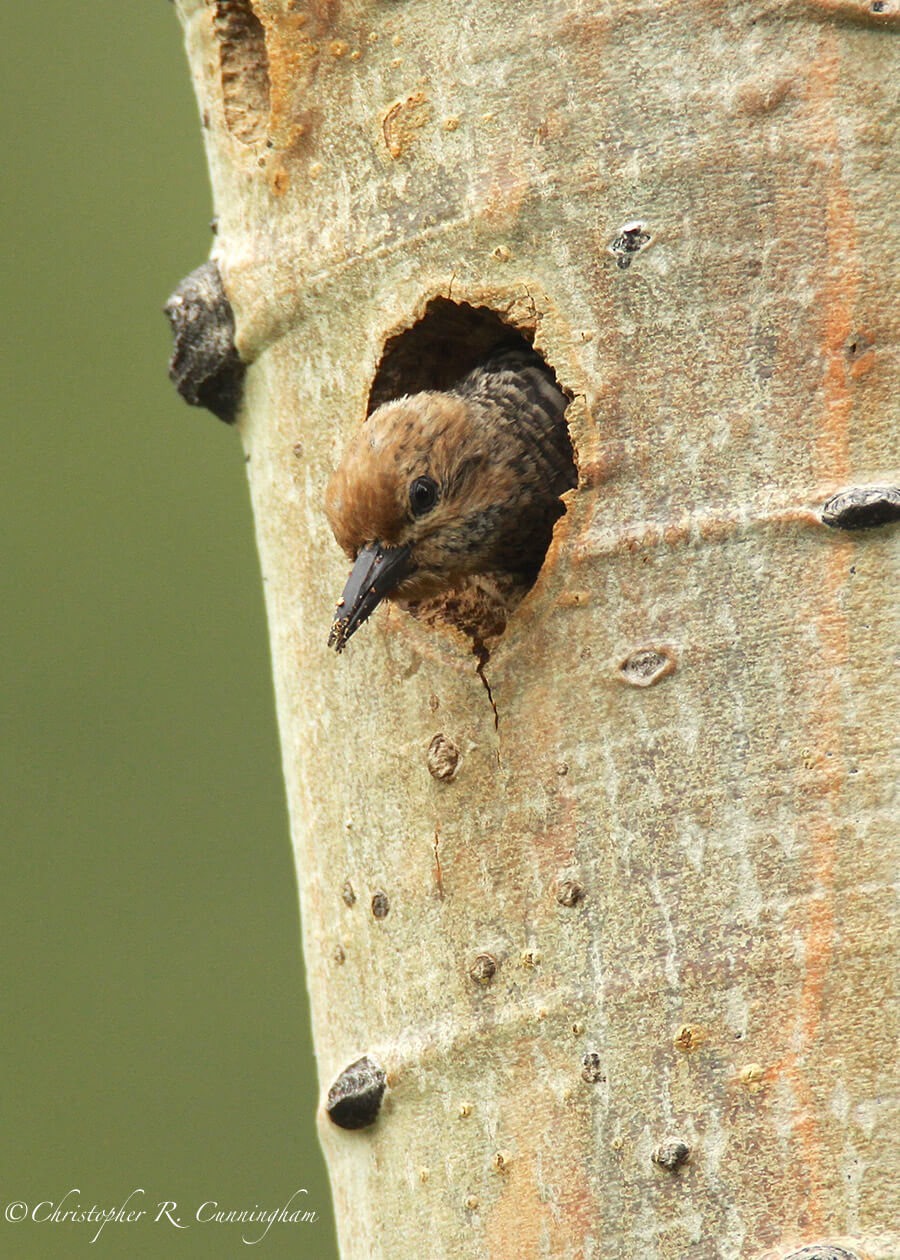
Despite their tendency to knock holes in trees and human structures, woodpeckers are among our favorite birds. We are always thrilled to see them. Even in the middle of the night. Well . . . .
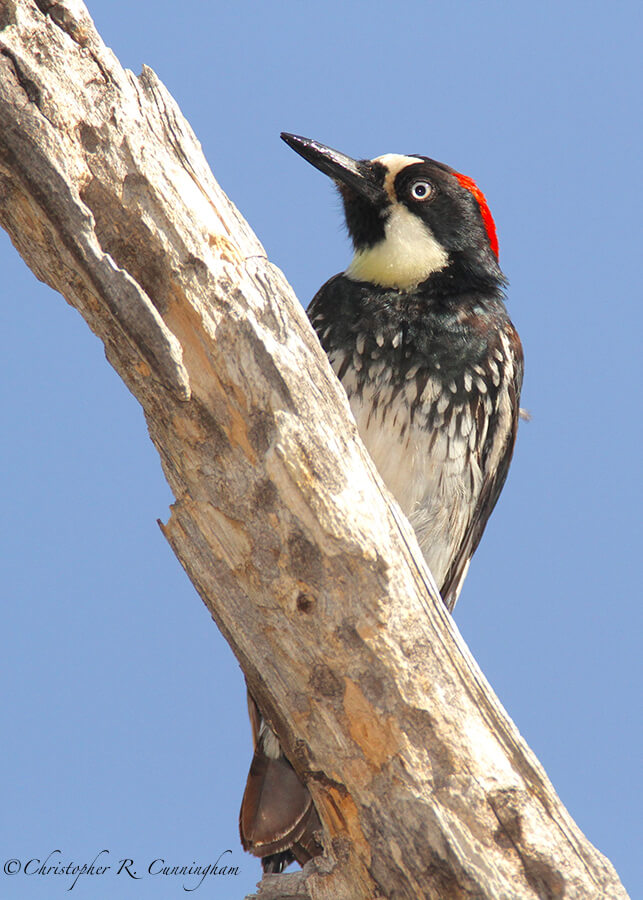
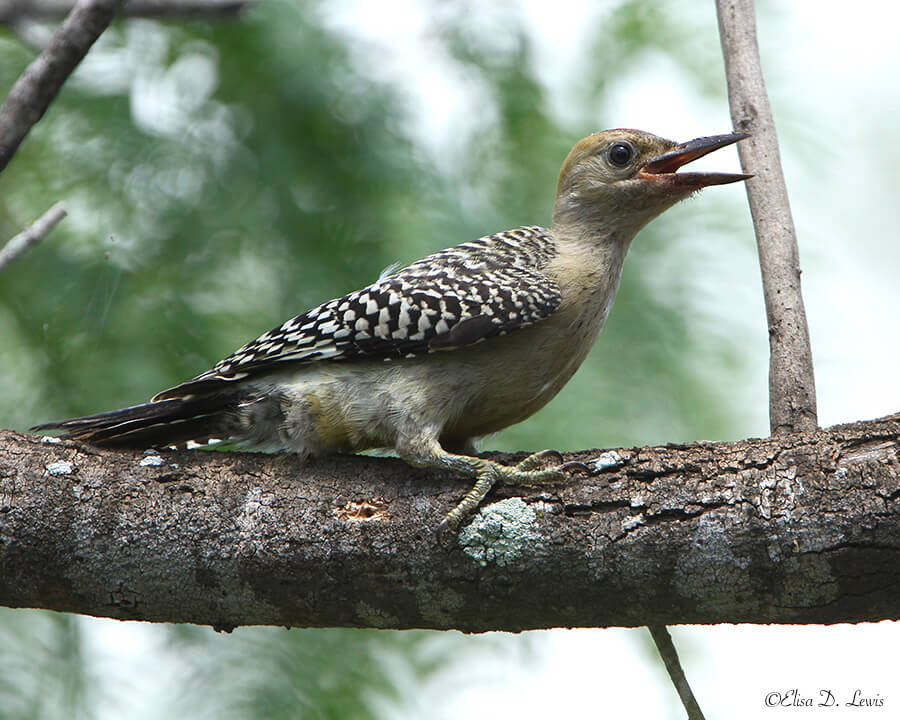
*Even though they look very much alike in books, Hairy and Downy Woodpeckers are readily distinguishable in person. The size and robustness of the bill is very different.
©2018 Christopher R. Cunningham and Elisa D. Lewis. All rights reserved. No text or images may be duplicated or distributed without permission.
